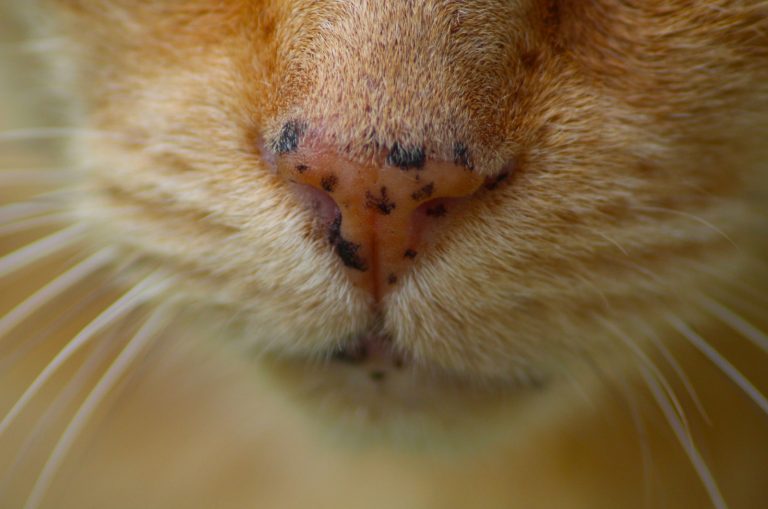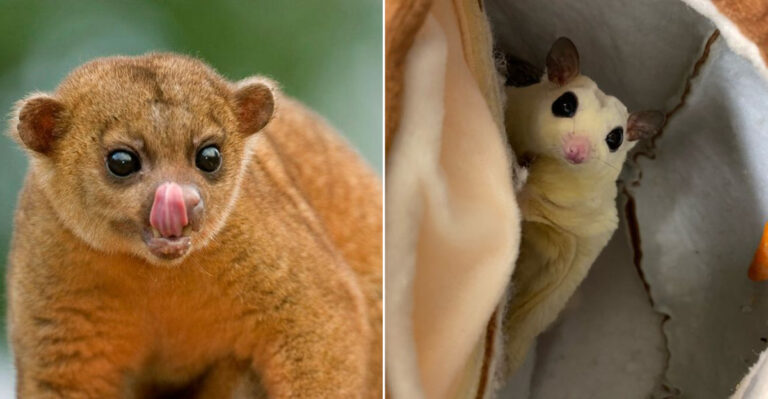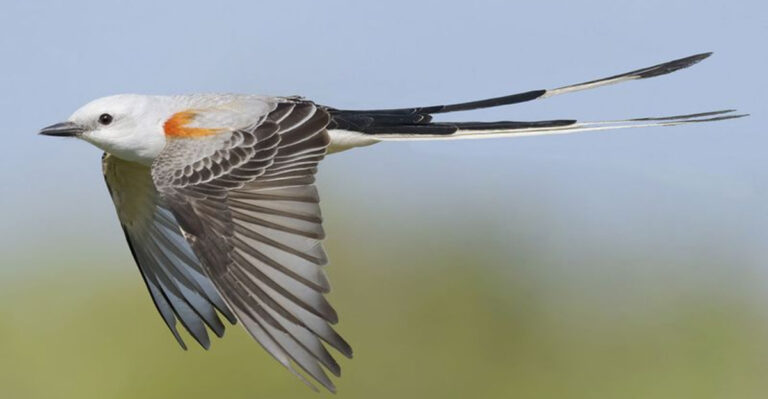15 Rare Mammals Struggling To Survive In North America
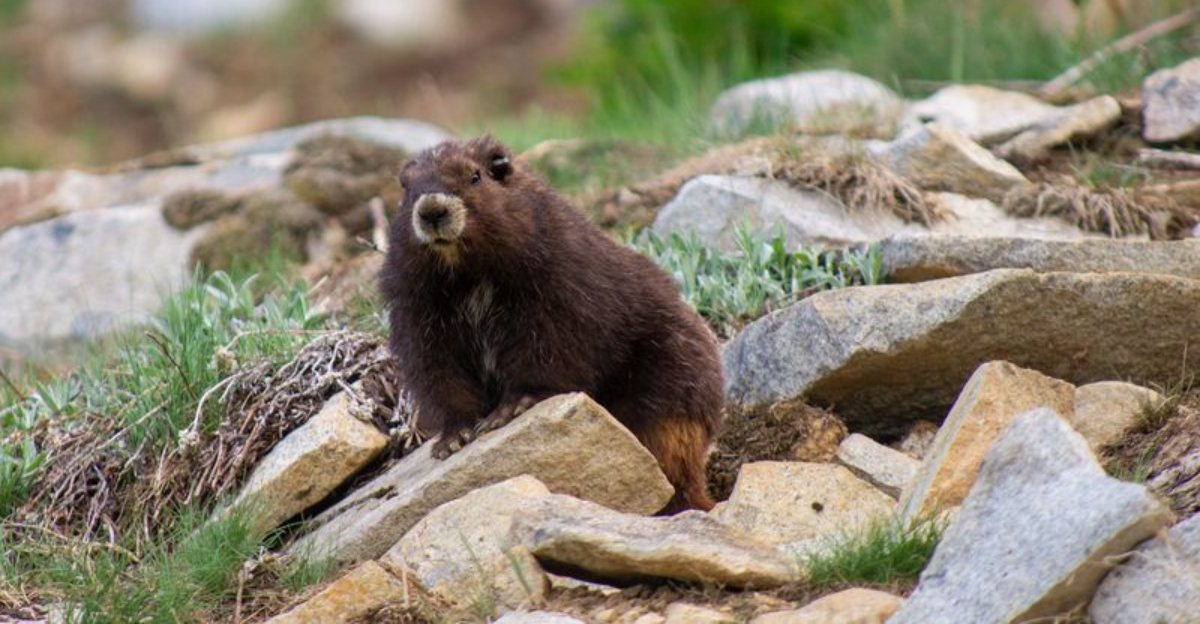
North America is home to many remarkable mammals that are fighting for survival. From tiny rodents to majestic predators, these animals face threats like habitat destruction, climate change, and human encroachment.
Their stories remind us how fragile our ecosystems are and why conservation efforts matter now more than ever.
1. Red Wolf
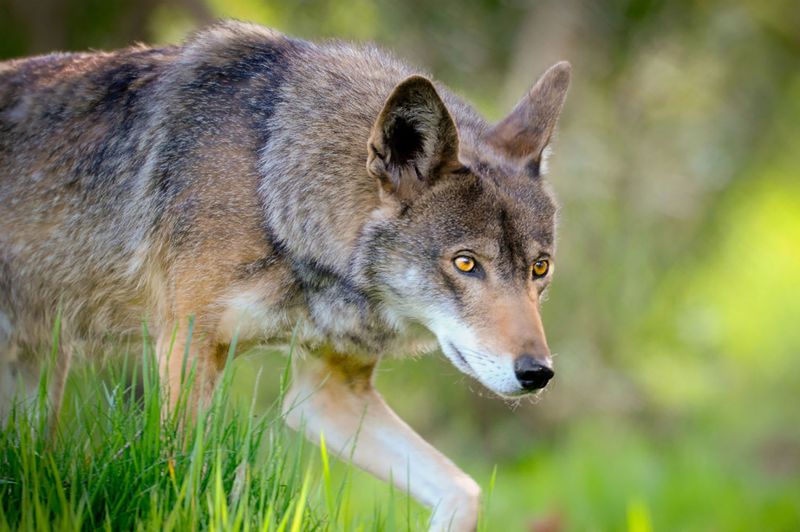
Once roaming throughout the southeastern United States, fewer than 20 red wolves now exist in the wild. These russet-colored canids are slightly smaller than their gray wolf cousins.
They’re tragically caught in a genetic battle, frequently breeding with coyotes which dilutes their already fragile gene pool. Each wolf lost brings this uniquely American predator closer to extinction.
2. Black-Footed Ferret
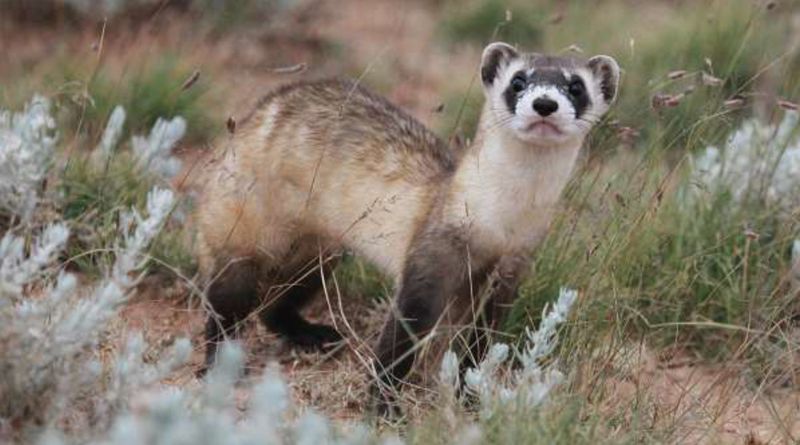
Masked bandits of the prairie, black-footed ferrets were once declared extinct in the wild. Their survival depends entirely on prairie dogs, which make up 90% of their diet.
Sylvatic plague devastates both predator and prey populations. Conservation efforts have brought their numbers from zero to about 300 wild individuals today—a remarkable comeback, yet still perilously close to the edge.
3. Florida Panther
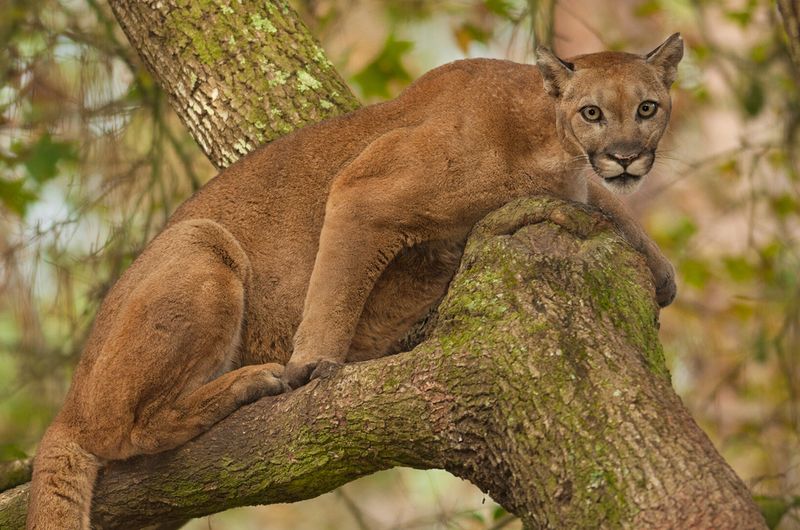
Florida’s ghost cat prowls the swamps and forests of the peninsula’s southern tip. With fewer than 200 remaining, these magnificent felines suffer from genetic abnormalities due to inbreeding.
Roads slice through their territory like deadly barriers. Wildlife underpasses have helped reduce fatal collisions, but habitat loss continues to squeeze these panthers into ever-shrinking wilderness islands.
4. Island Fox
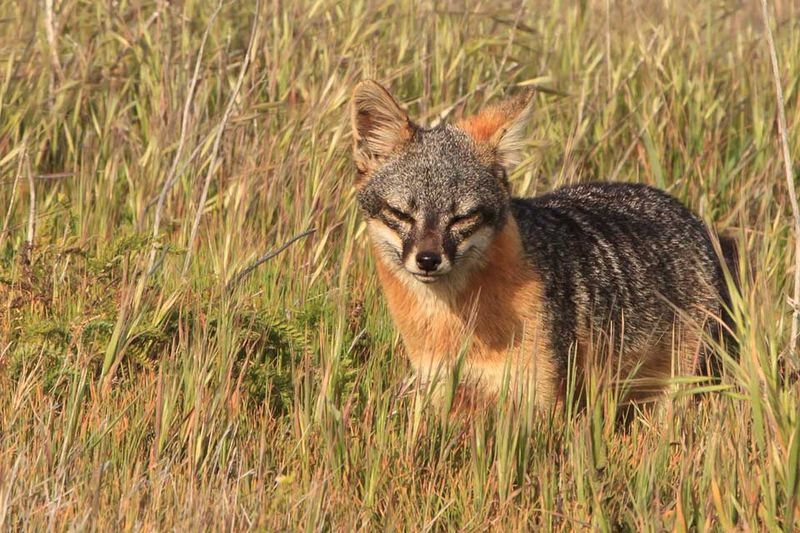
House cat-sized foxes with oversized personalities, these diminutive predators evolved in isolation on California’s Channel Islands. Their population crashed in the 1990s when golden eagles began preying on them after bald eagles disappeared.
A conservation success story unfolded as biologists removed golden eagles, reintroduced bald eagles (which don’t eat foxes), and controlled non-native species. Their recovery represents one of the fastest endangered species comebacks in history.
5. Key Largo Woodrat
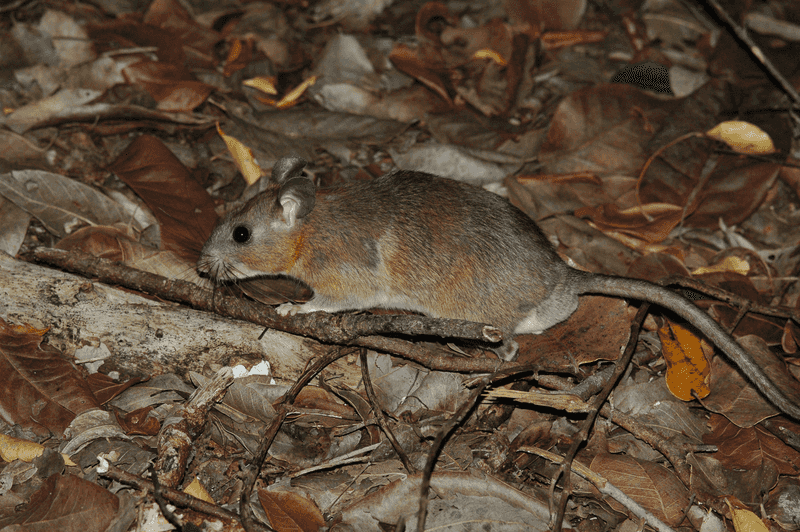
Master builders of the Florida Keys, these nocturnal rodents construct elaborate stick houses called ‘middens’ that can last for generations. Their entire world exists on just one island.
Feral cats hunt them mercilessly while development swallows their tropical hardwood hammock habitat. Conservationists build artificial nest structures to help them survive, but fewer than 500 remain in their shrinking island paradise.
6. Mexican Wolf
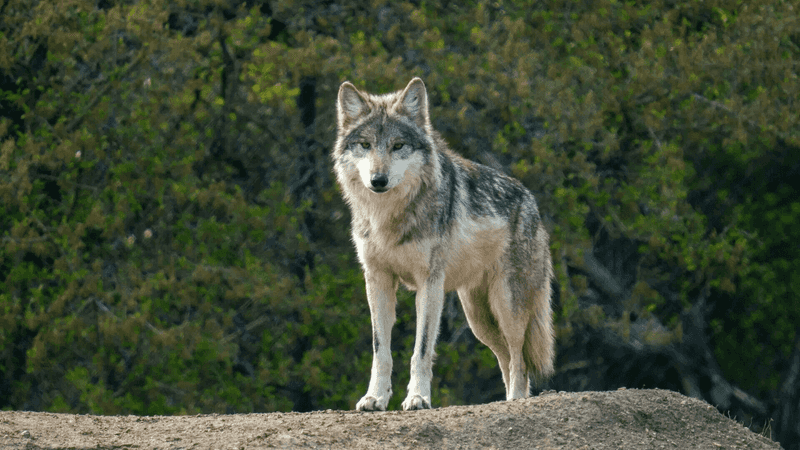
The smallest and most genetically distinct subspecies of gray wolf, Mexican wolves nearly vanished by the 1970s. Just seven individuals formed the foundation for all Mexican wolves alive today.
Ranchers often oppose their presence, fearing livestock losses. Despite this conflict, about 200 now roam the Southwest. Every pup born represents hope for this desert predator whose howls once echoed throughout the borderlands.
7. Vancouver Island Marmot
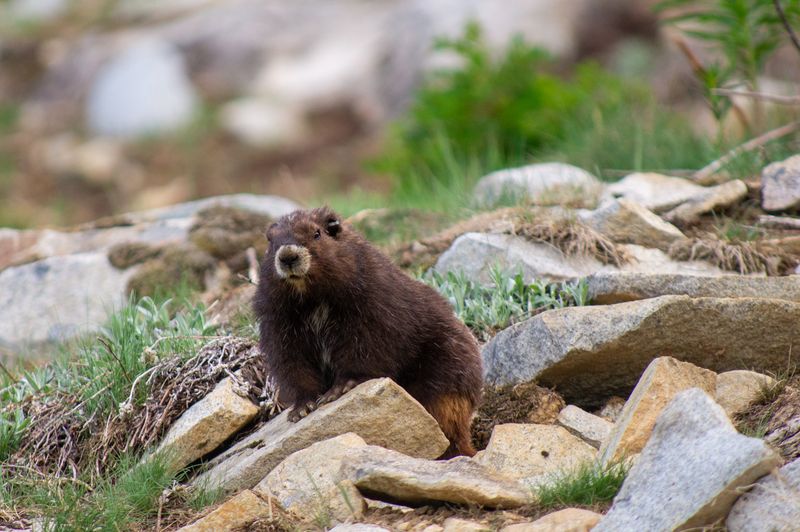
Canada’s most endangered mammal sports a chocolate-brown coat unlike any other marmot species. These social, whistling rodents hibernate for 7 months annually in subalpine meadows.
Logging created temporary meadows that lured marmots away from their natural habitats, only to disappear as forests regrew. By 2003, only 30 remained in the wild. Intensive conservation efforts have boosted their numbers to around 200 today.
8. Giant Kangaroo Rat
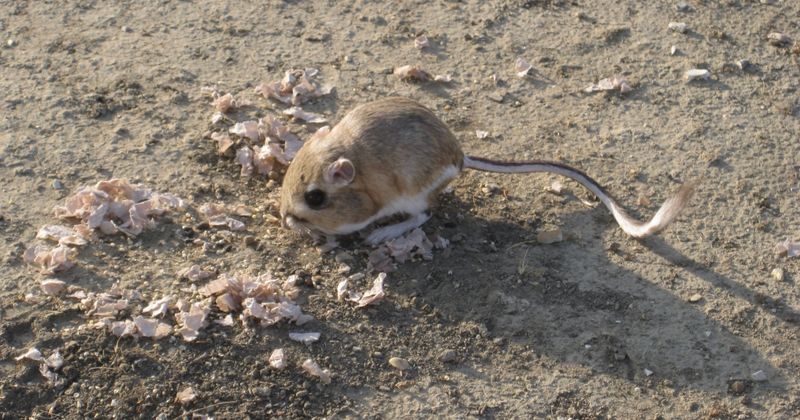
Moonlight dancers of California’s grasslands, these remarkable rodents communicate by drumming their feet on the ground. Despite their name, they’re actually pocket mice that grow to about 6 inches long.
Agriculture has claimed 95% of their habitat in the San Joaquin Valley. These ecosystem engineers create burrow systems that benefit many other species, making their preservation crucial for the entire grassland community.
9. Louisiana Pine Snake
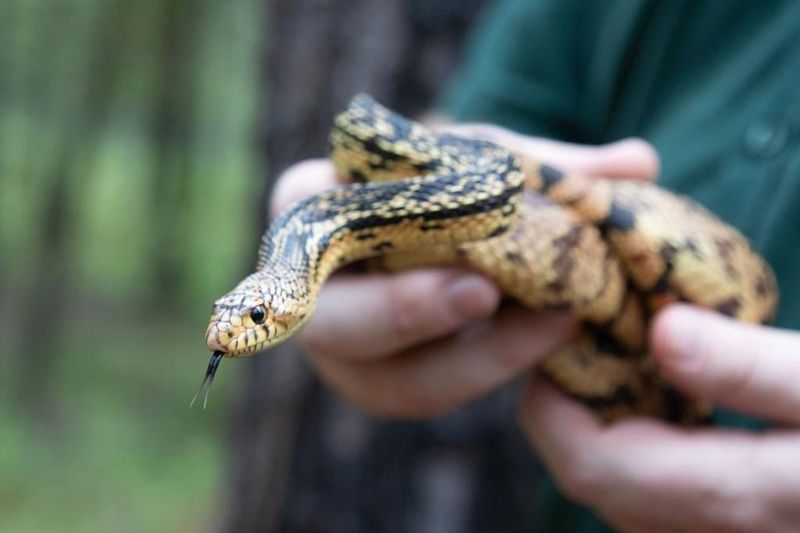
Among North America’s rarest snakes, these non-venomous constrictors spend most of their lives underground in pocket gopher tunnels. Their existence depends entirely on the health of longleaf pine ecosystems.
Fire suppression has dramatically altered their habitat, causing populations to plummet. So secretive are these snakes that scientists struggle to study them, with some experts estimating fewer than 100 may remain in the wild.
10. Northern Idaho Ground Squirrel
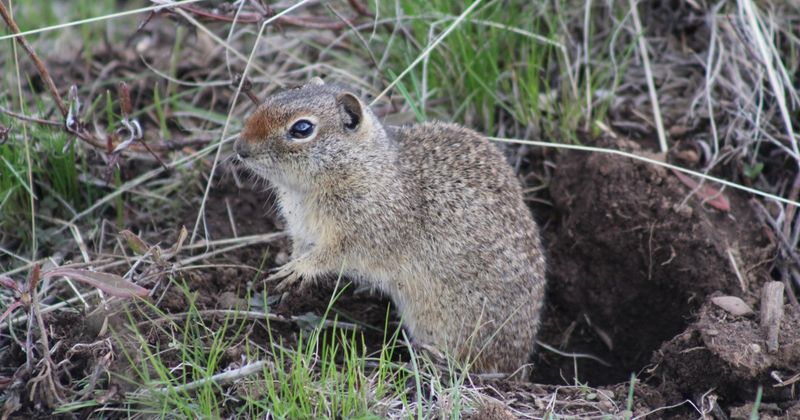
Found nowhere else on Earth, these small ground squirrels inhabit just 10 square miles of Idaho’s mountain meadows. They hibernate for eight months annually, giving them only a brief window to reproduce and prepare for the next winter.
Fire suppression has allowed forests to encroach on their meadow habitats. Climate change threatens to disrupt their carefully timed hibernation cycles, creating a precarious future for these specialized rodents.
11. Hawaiian Monk Seal
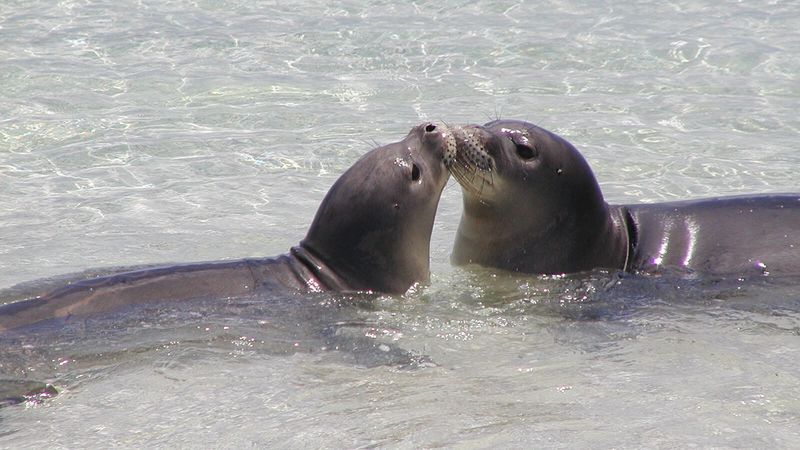
Ancient mariners called them “monk” seals because their rounded heads and solitary nature resembled hooded monks. These Hawaiian natives are one of the most endangered marine mammals in the world.
Rising sea levels threaten their pupping beaches. Shark predation and fishing gear entanglement claim many lives annually. With only about 1,400 remaining, each seal represents a precious link to Hawaii’s natural heritage.
12. Sea Otter
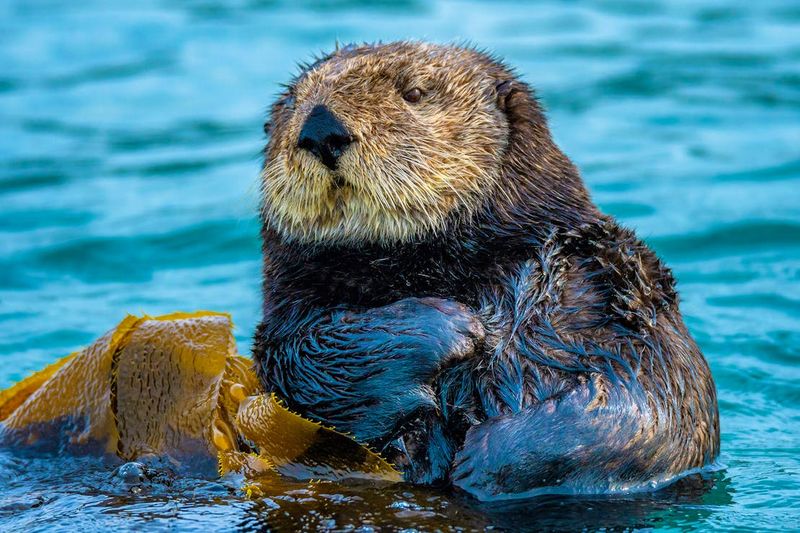
Marine mammals with the densest fur in the animal kingdom—up to one million hairs per square inch. Sea otters were hunted to near extinction for their luxurious pelts, with fewer than 2,000 surviving worldwide by 1911.
They’re ecosystem superheroes who maintain kelp forests by eating sea urchins. Without otters, urchins devour kelp, destroying habitat for countless marine species. Their recovery remains fragile, especially in California waters.
13. Red-Cockaded Woodpecker
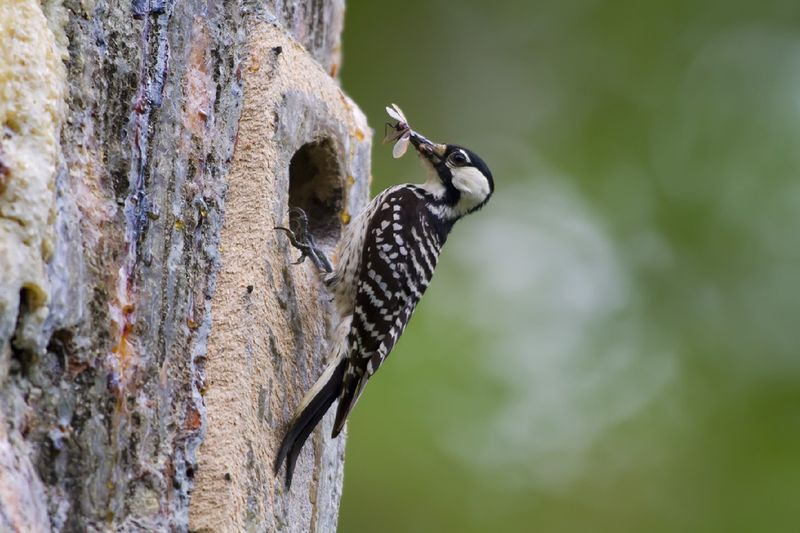
Forest architects with remarkable nesting habits, these woodpeckers create homes in living pine trees, not dead ones. They drill small holes around their nest cavities that leak resin, creating a sticky barrier against predatory snakes.
Old-growth longleaf pine forests they depend on have been reduced to 3% of their original range. Family groups require large territories with mature trees—a resource that takes decades to develop and minutes to destroy.
14. Swift Fox
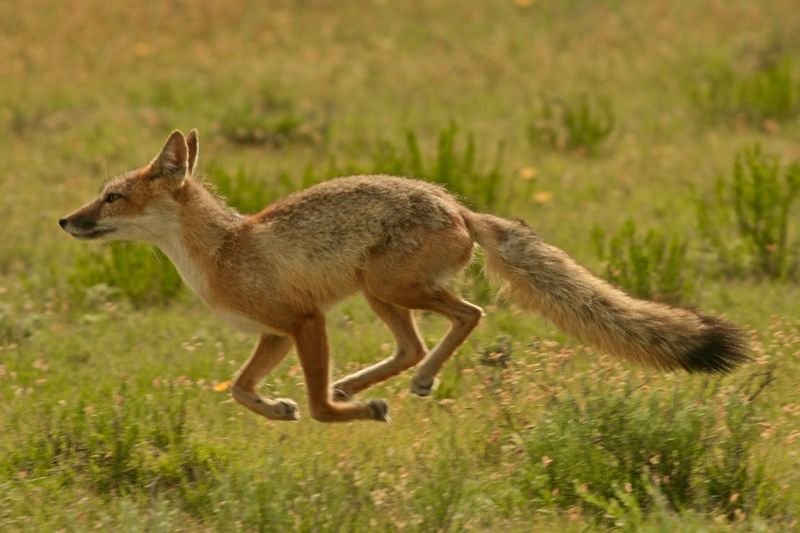
Lightning-fast prairie predators, swift foxes can run at 25 mph but were nearly outpaced by extinction. These cat-sized canids disappeared from 90% of their historic range due to poisoning campaigns targeting wolves and coyotes.
They mate for life and live in underground dens that protect them from extreme prairie weather. Reintroduction efforts have helped them reclaim some lost territory, but they remain absent from much of their former range.
15. Wolverine
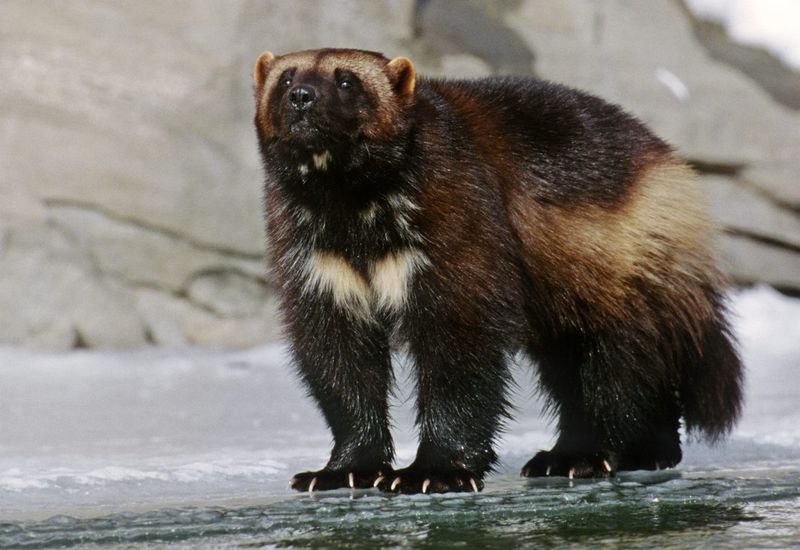
Pound for pound, perhaps the most ferocious mammal in North America. These solitary mustelids need vast territories and deep snow to thrive, with single animals patrolling ranges up to 500 square miles.
Climate change threatens their snowy habitat required for denning and food storage. Fewer than 300 wolverines remain in the contiguous United States, primarily in high mountain wilderness. Each sighting of these elusive creatures is considered extraordinary by wildlife biologists.


